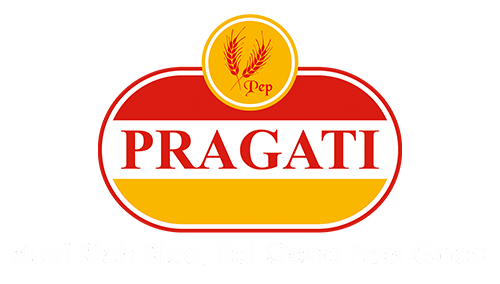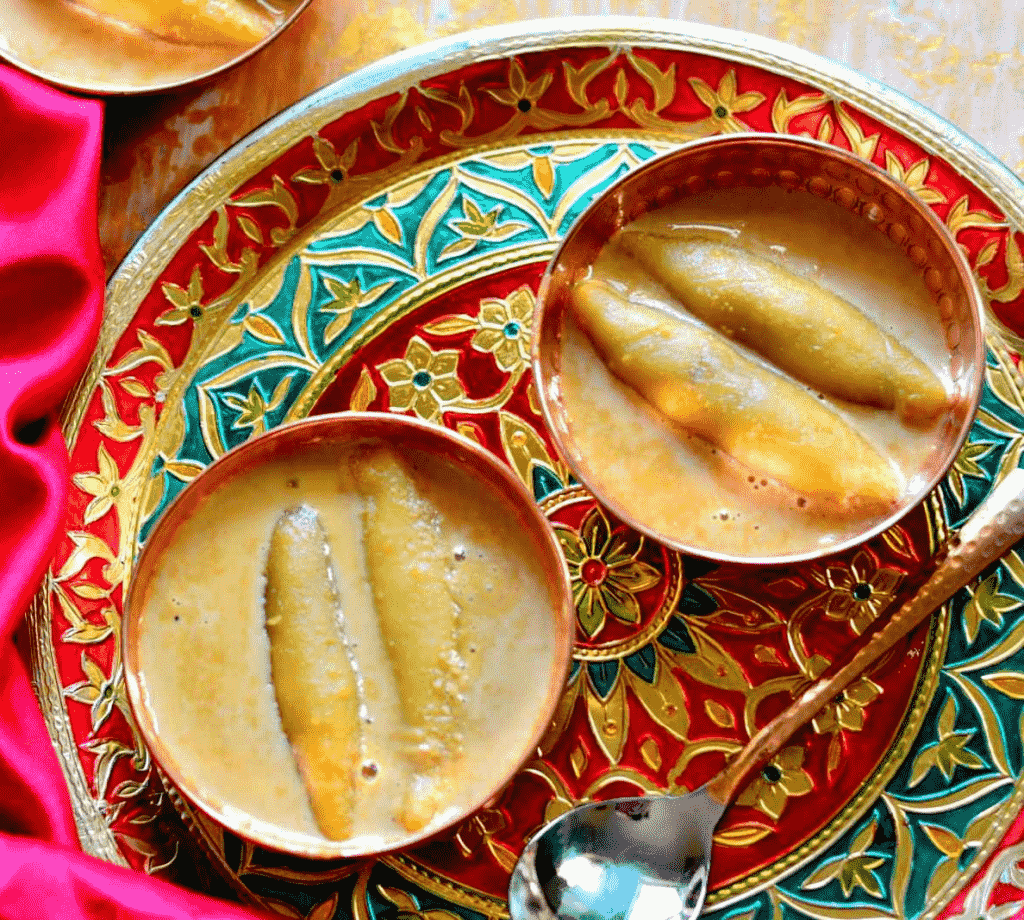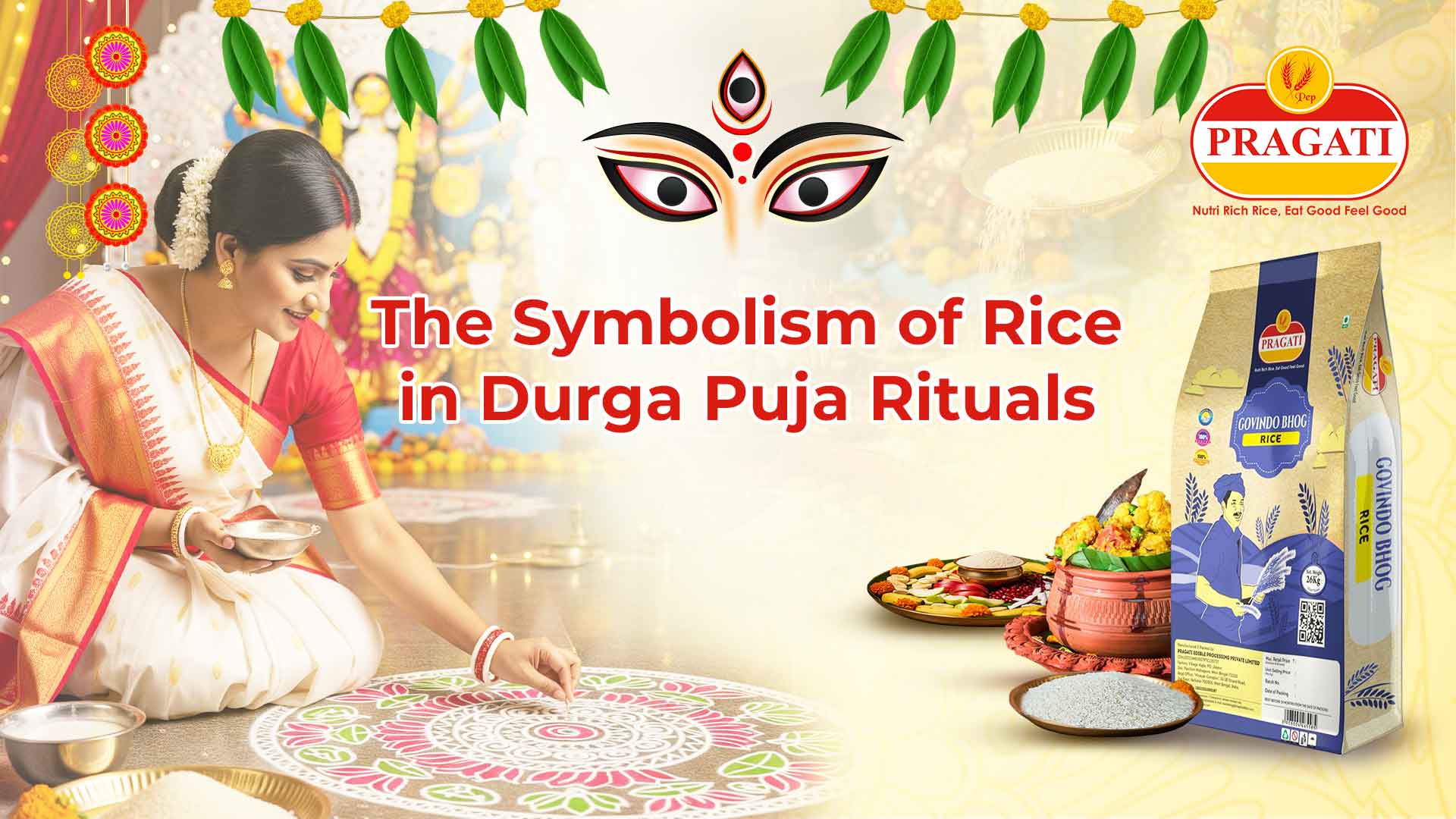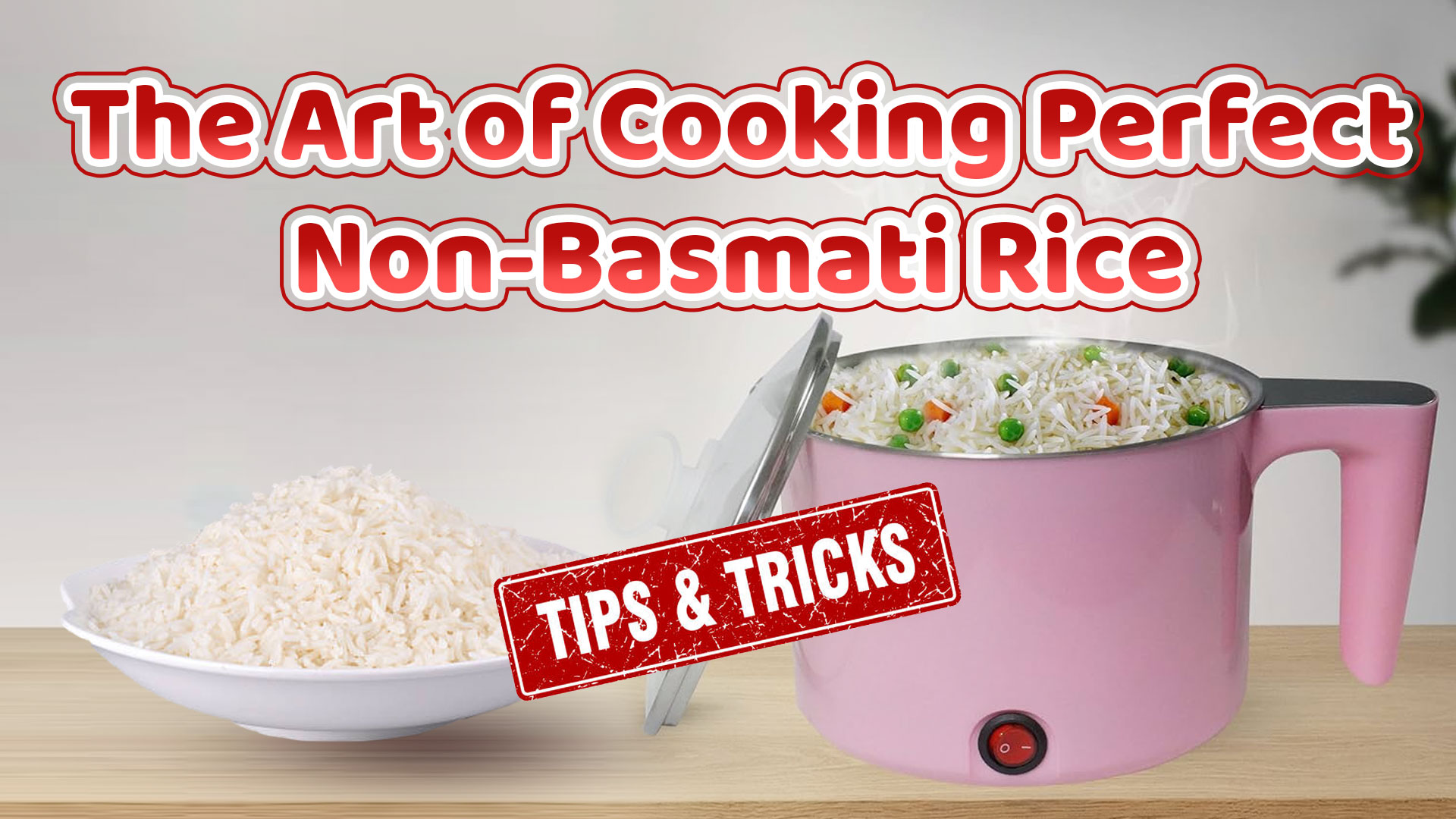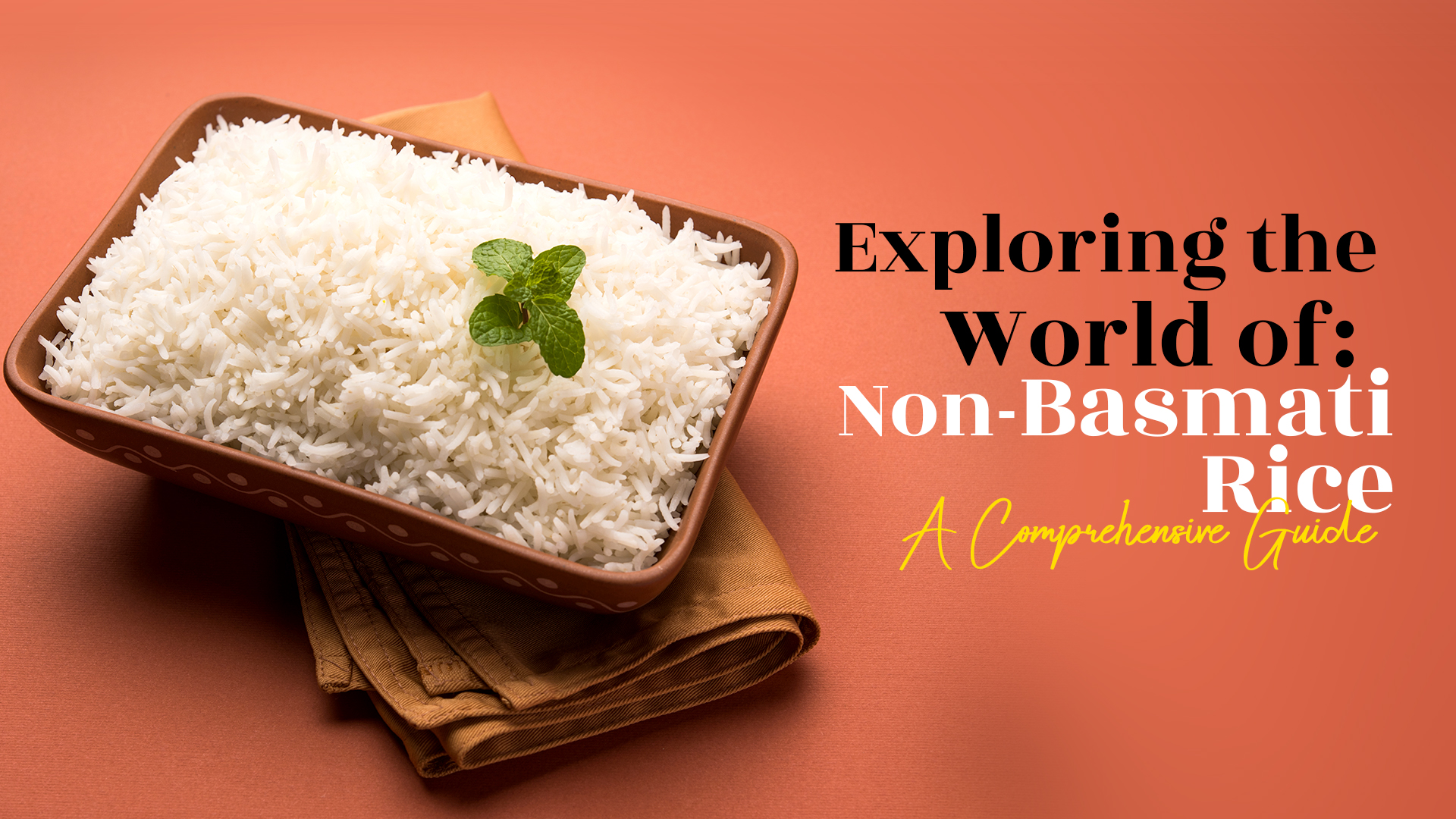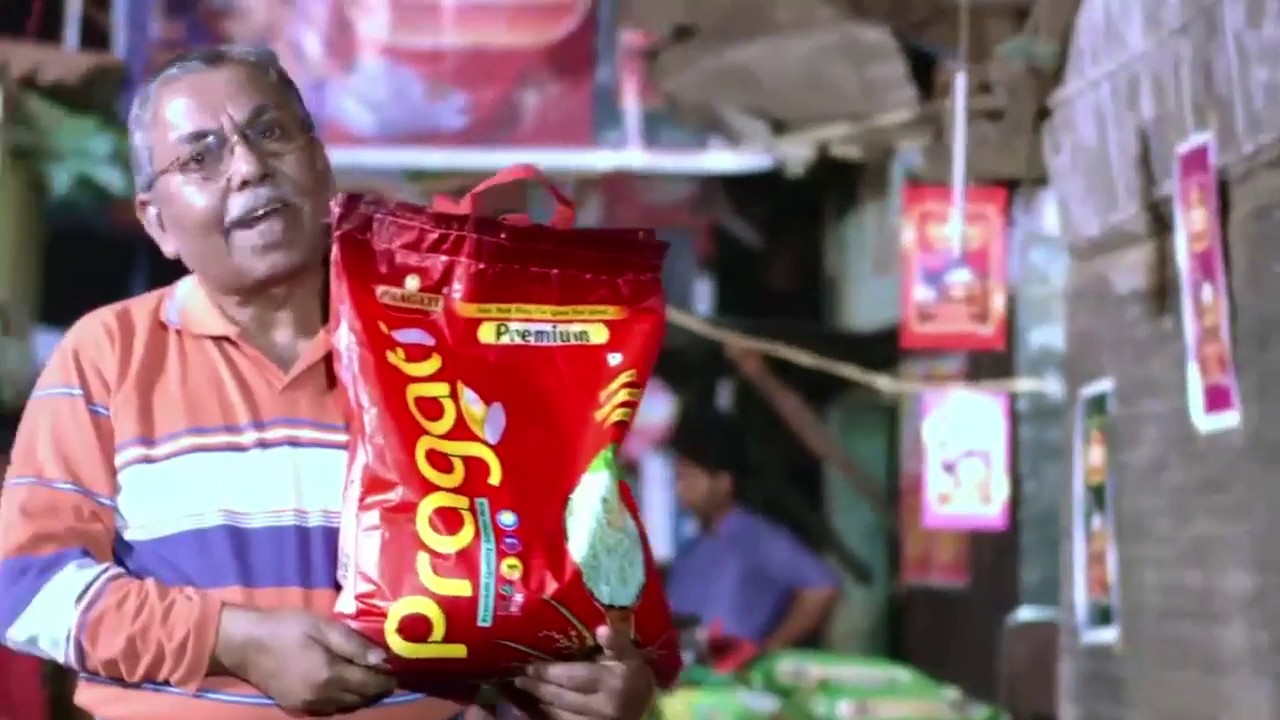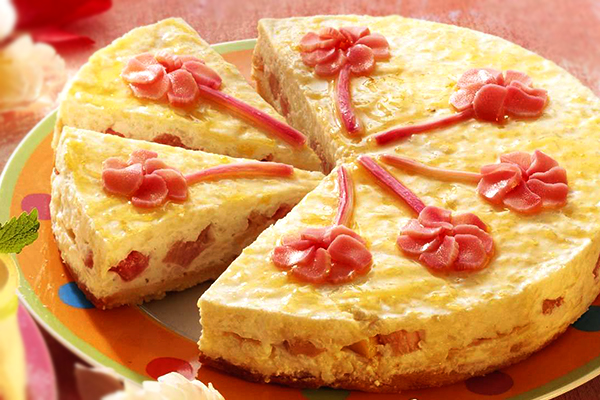
Imagine yourself working tirelessly throughout the day and returning home completely exhausted and dehydrated!! The only thing that would satiate your hunger and act as a source of replenishment is mango rice! As you know, mangoes and summer season go hand in hand! The beginning of summer coincides with the arrival of the mangoes. And these delicious mangoes are summer’s joyous herald!

The spiced and tangy rice made from raw unripe green mangoes, the subtle sweetness of fresh coconut and the heat of the red chilies balance very well in this dish. On top of that, the tempering of curry leaves, mustard seeds and asafoetida perks up the flavors in the rice. This particular recipe is inspired by the raw mango rice that is made in Karnataka cuisine, also known as Mavinakayi Chitranna.
One of the most simple and easiest recipes is the mango rice and it is a wholesome tangy specialty that can be made with leftover rice for a refreshing change. Moreover, it is a healthy dish providing essential nourishment and calls for very less or almost no oil or ghee.
The trick for a quality mango rice dish is to cook till the grated mango mixture is tender and then add the cooked fluffy rice and mix well. So, this summer do prepare this dish and enjoy the aromatic flavors of the seasonal raw mango.
